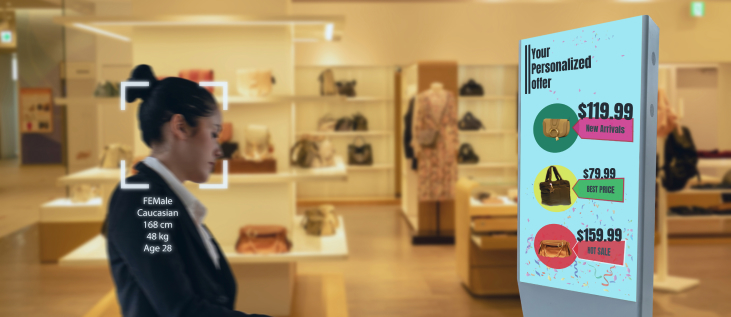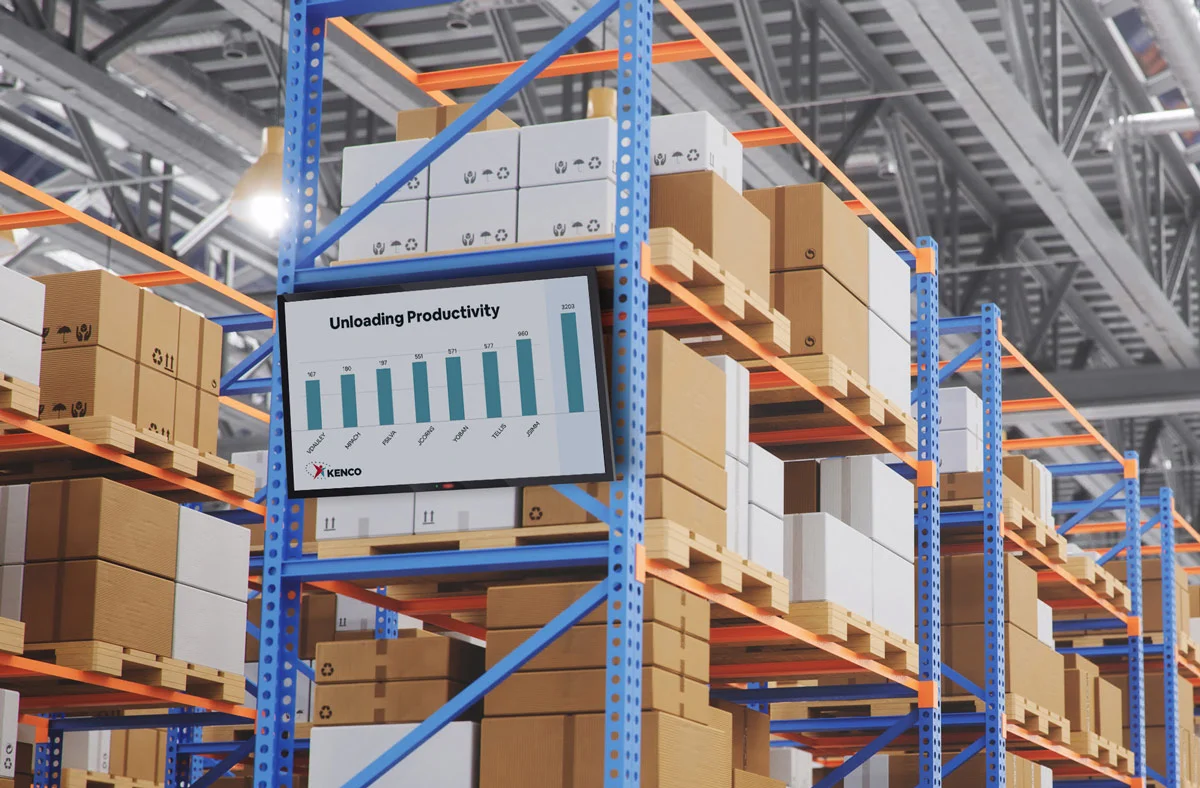The Difference Between DSP and SSP
WRITTEN BY: TelemetryTV, 09-08-2021

When it comes to the ad tech ecosystem and programmatic advertising, DSPs and SSPs can be pretty confusing. The differences between DSPs and SSPs are hard to nail down in a digestible way, but that’s exactly what we’re here to do.
But first, to understand the differences we have to understand exactly what a DSP and an SSP are themselves. That way, we can see their intricacies and the areas where their functions overlap.
What is a DSP (demand-side platform)?

In the simplest possible terms, a demand-side platform (DSP) is software that automates the purchasing of ad space at scale. To explain it in a clearer way, let’s use an example:
Advertiser A is launching an ad campaign for a new product release. A DSP gives this advertiser the ability to fine-tune things like targeting and budgeting before launching the ad campaign. Next, the campaign creative is uploaded to the DSP—aka the ads themselves. Once this is done, the DSP automates the bidding and placement of the ad across multiple sites and apps that fit the initial campaign parameters laid out by the advertiser.
Basically, the DSP does the tough legwork for the advertiser, placing ads on websites and mobile apps in a totally streamlined process that takes just a few seconds. Needless to say, DSPs are a super valuable tool for marketers. The most obvious examples of DSPs are Google Ads, Facebook Ads Manager, and Amazon DSP.
What is an SSP (supply-side platform)?

During the days of print media and the early days of the internet, publishers were tasked with finding advertisers willing to purchase their ad space by themselves. Eventually, this tedious process was replaced by ad networks that served as intermediaries between publishers and advertisers. When these ad networks became automated software platforms, SSPs and programmatic media buying were born.
Since demand-side platforms allow advertisers to automate the process of placing ads, it stands to reason that supply-side platforms provide a similar function for the other side of the equation—giving publishers the ability to automate, optimize, and manage their ad space inventory.
Essentially, SSPs make it possible for publishers to monetize their websites and mobile apps with the least amount of work possible. And just like DSPs, SSPs are a great tool for boosting revenue. Some of the top SSPs include Google Ad Manager, Amazon Publisher Services, and OpenX.
Benefits of DSP
- Save time, labor, and money through automation.
- Focus can be spent in other areas such as on creative or enhanced ad targeting.
- Fine-tune ad campaigns in real-time through DSPs.
- The performance of ad campaigns can be closely monitored with advanced metrics.
- Poor-performing ad campaigns can be axed, while successful ones can be pushed further.
- Ads can be deployed to highly targeted audiences, everywhere in the world.
Benefits of SSP
- Automated selling of ad space on websites and mobile apps.
- Streamlined website and app monetization.
- Small and large publishers can participate.
- Real-time bidding (RTB) optimizes ad yield.
- In-depth reporting and insights on inventory, bidding, and more.
- Access to multiple ad exchanges, which increases the number of potential bidders.
- Brand safety features that ensure only appropriate ads can be placed.
How programmatic advertising boosts revenue
Programmatic advertising is a simple term for automating the buying and selling of online advertisements. Both DSPs and SSPs are prime examples of programmatic advertising. The main difference being that DSPs serve advertisers looking for ad space, while SSPs serve publishers selling ad space.
In addition to automating the entire process, programmatic advertising platforms also offer up huge inventories that cover everything from mobile apps and websites to audio, digital out-of-home (DOOH), and digital signage. And since audiences can be segmented and fine-tuned by setting up numerous parameters like age, gender, interests, location, and behaviors, ads are only ever deployed to the appropriate places and people.
In short, this means that you’re spending less time and money on advertising, while at the same time getting more bang for your buck thanks to automation and better audience targeting. At the end of the day, that means more revenue.
How companies are using digital signage and programmatic advertising
Although digital signage is placed in physical spaces, it is nonetheless still part of the digital realm. And for this reason, programmatic advertising is a big factor in the success of digital signage networks. Companies using digital signage also use programmatic advertising to sell the vast amount of ad space provided by their digital displays.
If you want to learn how programmatic advertising and digital signage can improve your business’ revenue, try the TelemetryTV app for free today.











